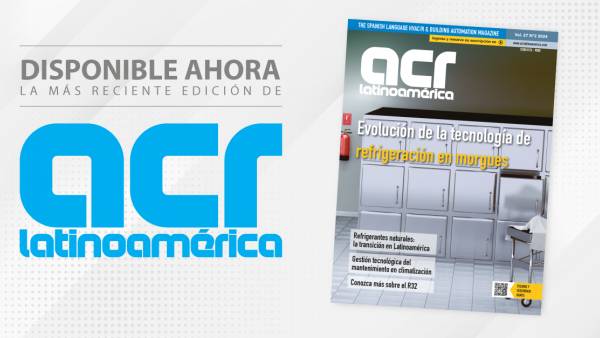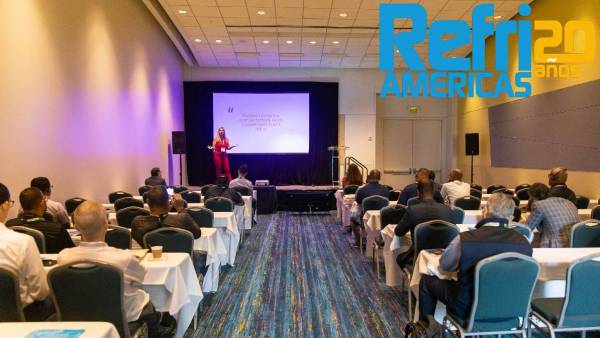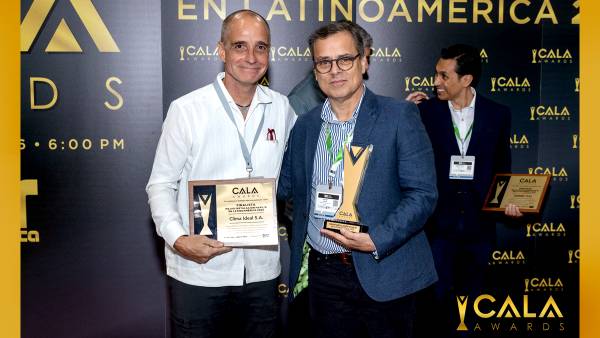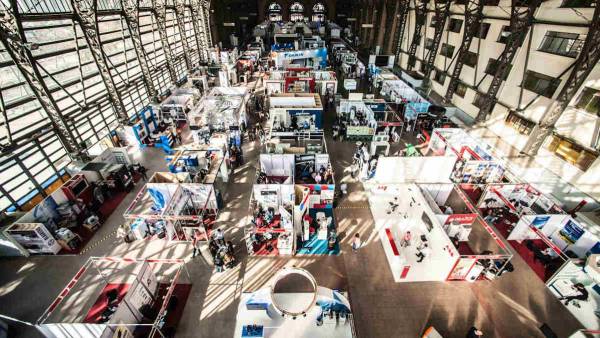Preliminary decisions agreed at the UN Climate Change Conference in Cancun presage a strong outcome of the meeting in Mexico
PRESS RELEASE
(Cancun, December 4, 2010) At the United Nations climate change conference in Cancun, the two bodies of the United Nations Framework Convention on Climate Change (UNFCCC), which advise and implement Parties' decisions on climate action successfully, concluded their work on Saturday with a considerable number of preliminary decisions to be proposed for adoption in the final plenary of the conference on December 10.
These two groups are the Subsidiary Body for Scientific and Technological Advice (SBSTA) and the Subsidiary Body for Implementation (SBI).
Preliminary decisions include decisions on continued and strengthened support to developing countries on adaptation and mitigation, including specific technology transfer projects.
These advances are part of the preparatory basis for global action against climate change. They also clearly demonstrate that the countries came to Cancun in good faith to show the world that the multilateral process is possible as long as a spirit of compromise, cooperation and transparency prevails, said Patricia Espinosa, President of the Conference and Secretary of Foreign Affairs of Mexico.
Progress should be seen as a positive sign for the conference as a whole.
I urge the Parties to maintain this spirit and to bring all relevant issues to a successful conclusion by the close of the climate change conference in Cancun, to achieve a balanced agreement that will lead the world into a new era of cooperative and increasingly ambitious action against climate change, the Chancellor added.
The decisions include a pre-agreement stating that carbon capture and storage can be an eligible project activity under the Kyoto Protocol's Clean Development Mechanism (CDM), as long as they comply with a series of strict risk and safety assessments. This step is important, as the agreement will be handed over to ministers, who will be asked for political advice for next week's negotiations, with only two clear options on the matter.
This conclusion is very important because it opens the doors for the Parties to other relevant issues under the two paths of the negotiations on Long-Term Cooperation and the
Kyoto Protocol, said UNFCCC Executive Secretary Christiana Figueres.
Another achievement was the decision to extend the mandate of the Expert Group for the Least Developed Countries (LDCs) and to extend its mandate to a five-year period, which is the longest period given to a group since its founding in 2001. The Group provides technical advice to the
LDCs on the preparation and implementation of national adaptation action programmes (NAPAs). Since the beginning of this initiative, 45 LDCs have successfully completed and submitted their NAPAs and 38 of them have begun to implement adaptation in situ. In addition, the process has resulted in a wealth of capacities and awareness in countries, from the political to the community level.
The countries also agreed to strengthen climate change education, training and awareness through increased funding for such activities, as well as to further engage civil society in national decision-making and the UN climate change process.
Faster and more effective action against climate change requires governments open to receiving fresh ideas and the active participation of every part of civil society, especially young people, as it is their future that is at stake. This emphasizes the negotiations' commitment to remain open, transparent and engaged, Dr. Figueres added.
About the UNFCCC
With 194 Parties, the United Nations Framework Convention on Climate Change
(UNFCCC) is universally incorporated and is the treaty that gave birth to the Kyoto Protocol of 1997, which has been ratified by 191 of the Parties to the UNFCCC. In the Protocol, 37
States, made up of highly industrialized countries and countries in the process of transition to a market economy, achieved legally binding commitments on the limitation and reduction of emissions. The ultimate goal of both treaties is to stabilize greenhouse gas concentrations in the atmosphere at a level that prevents dangerous human interference with the climate system.
With information for the UNFCCC press

Related Posts:
- What is COP16
- UBV COP16 – Intensify efforts for a global shift to energy-efficient lighting
- UBV COP16 – Review of the Day 1
- UBV COP16 – Inauguration of the Wind Turbine at COP16 in Cancun
- UBV COP16 – Objectives of Mexico
Authors: Val






















